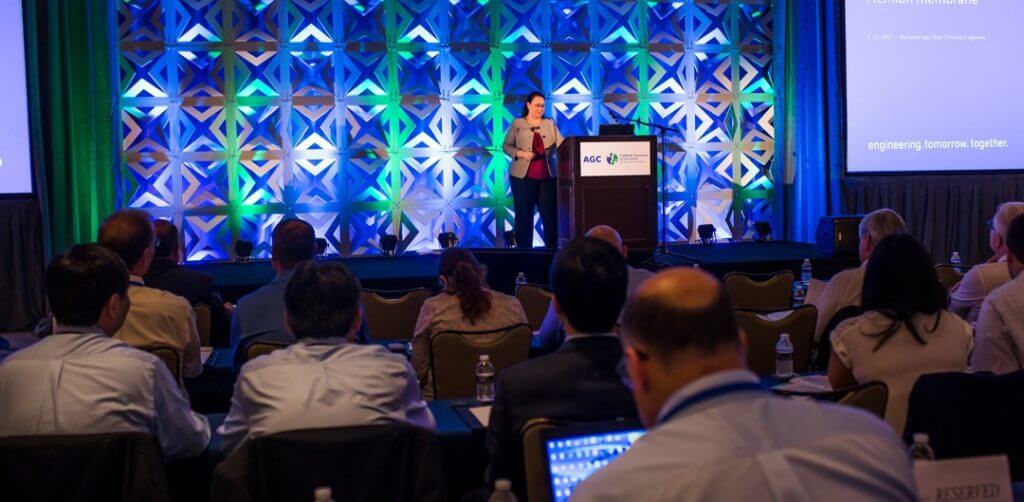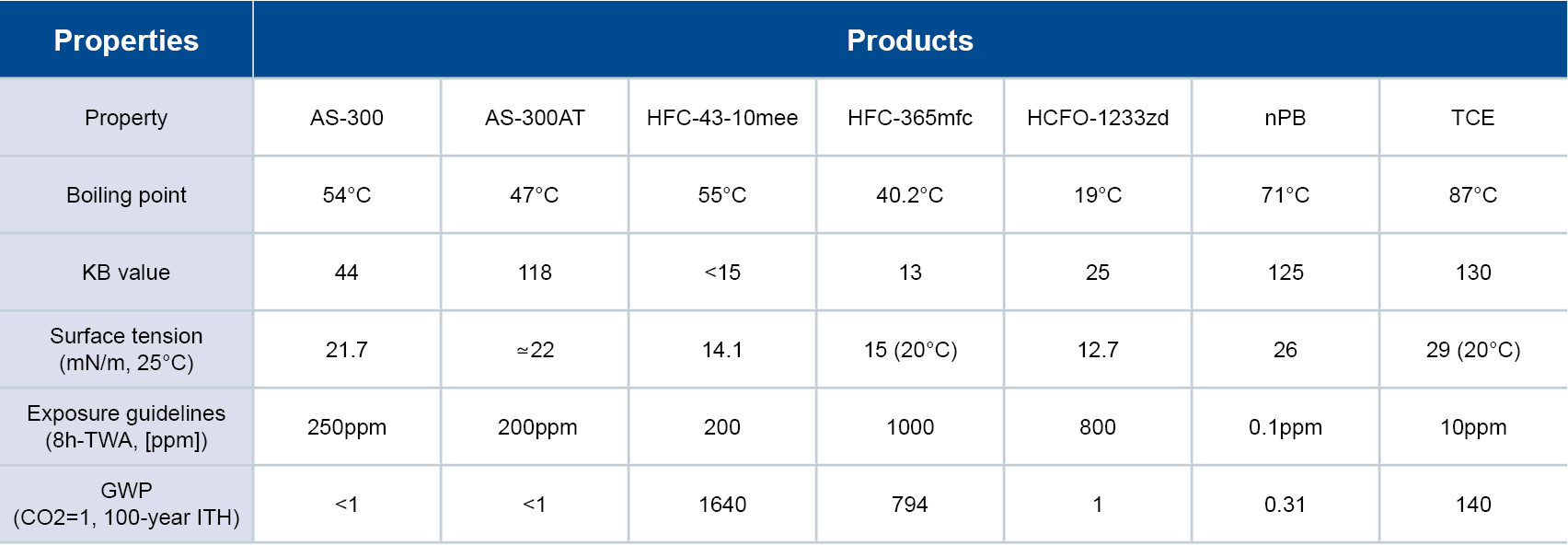October Symposium Points to Increasing Demand for Chlor-Alkali Technology

Reading Time: 2 minutes
Last month, AGC hosted the Chlor-Alkali Technology Symposium. This was the first event of its kind for chlor-alkali producers in North and South America. The event was well-received by all attendees, providing them with an engaging learning experience from technology presentations.
Much of the learning took place away from the sessions though, as industry professionals networked and discussed their personal experiences and challenges. Many participants commented that they were glad that AGC conducted this event for the industry. Not only was it a reinforcement of technology and production recommendations and solutions, but also a good opportunity to share the information later as a training tool for other staff members in the field. Furthermore, real world case studies were presented plus AGC introduced the next generation membrane grade, Flemion 9090.
Chlor-Alkali Industry Outlook
Some key takeaways from the symposium came from a presentation by Hazel A. B. Kreuz, chlor-alkali global director with IHS Markit. She noted that multiple forces are converging to in today’s global chlor-alkali market. And this is causing shifting intercontinental trade routes and challenging caustic soda prices. Also, emerging environmental regulations in Northeast Asia are impacting supply, demand and price trends in the global arena.
Construction activity dominates chlorine demand, and manufacturing activity sets caustic soda demand. Northeast Asia is today’s caustic soda “consumption powerhouse,” and demand growth is most significant in the developing world.
In particular, she explained that demand for chlor-alkali will be increasing over the next four to five years, with no new significant supply announced or planned. This means that supply reliability will become increasingly more important over the next few years. This is because facilities will be challenged to to fill demand.
Globally, supply in China will be marginalized due to new environmental restrictions. Consequently, Europe will become a net chlor-alkali importer versus exporter. As a result, North American producers will face greater demand over the next few years, but will also see excellent return potentials.
Chlor-Alkali Process
The chlor-alkali process refers the technology used to produce chlorine and caustic soda (lye/sodium hydroxide), which are common chemicals used in a wide variety of industries. The process generally requires high energy consumption. That’s why much of the symposium’s focus was on reducing energy costs using advanced technology in chlorine and caustic soda production.
There are three main chlor-alkali production methods: Mercury cell method produces chlorine-free caustic soda, but has serious environmental ramifications. The membrane and diaphragm methods use no mercury, but the caustic soda contains chlorine, which must be removed.
AGC’s FLEMION® is a fluorinated ion exchange membrane. FLEMION membranes achieve substantial energy savings because they require less electrical current to decompose the purified brine. In addition to saving energy, they minimize the influence of brine impurities and enable manufacturers to maintain 97-98% electrical current efficiency.
If you have any questions about the chlor-alkali process or how FLEMION could work for your operation, we have a team of experts that can help.
 English
English 